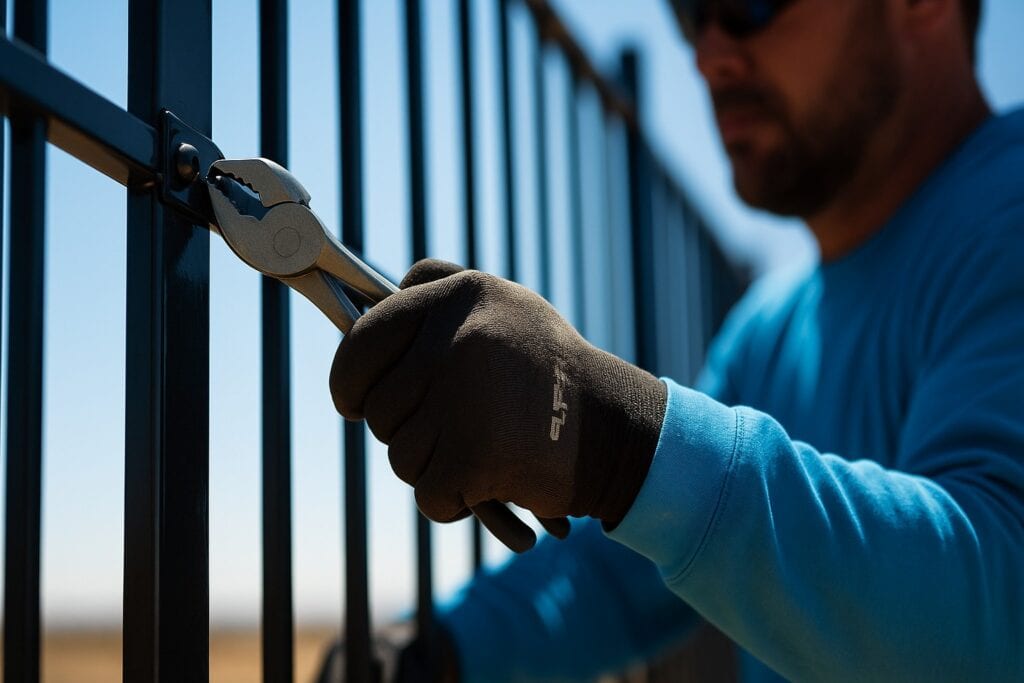When most people think about solar energy, they picture the shiny panels that convert sunlight into electricity. But those panels need a strong support system underneath to work well. That’s where solar racking is essential.
In this article, we will explain solar racking. We will discuss why it is important, the types available, and how to choose the right system. Your choice will depend on your location, land use, or structure.
What Is Solar Racking?
Solar racking, also known as a solar mounting system, refers to the hardware that holds solar panels in place. These systems help support solar panels on the ground, rooftops, or other surfaces. They ensure the panels angle to get the most sunlight.
Solar racking is essential for the efficiency, safety, and longevity of any solar power system. Without the right mounting system, panels could shift, underperform, or even fail because of weather or structural stress.
Why Solar Racking Is Important
Solar panels create electricity, but the racking system is also very important for how well your system works. Here’s why it matters:
- Optimizes Energy Production: Racking angles panels toward the sun for maximum exposure.
- Protects Panels: Prevents shifting, sagging, or damage from wind, snow, or vibration.
- Ensures Safety: Secure mounting prevents hazards from panel movement or collapse.
- Increases System Lifespan: Proper support reduces wear and tear on your investment.
- Supports Compliance: Many local and national codes require specific racking standards for solar permits.
Types of Solar Racking Systems
There are three main types of solar racking systems, depending on where and how the panels are installed:
Roof-Mounted Racking
This is the most common type for residential and commercial buildings.
- Attached Systems: Fastened directly to the roof structure with flashing to prevent leaks.
- Ballasted Systems: Weighted with concrete blocks, often used on flat roofs without drilling.
- Best for: Homes, commercial buildings, and urban environments with limited ground space.
Gound-Mounted Racking
Panels are installed on racks anchored into the ground, often in open fields or large yards.
- Allows for precise tilt angles and easy access for maintenance.
- Can support larger arrays than roof systems.
- Best for: Rural properties, farms, or land with open space.
Pole-Mounted and Tracking Systems
These systems mount solar panels on a single pole and may include motors to follow the sun’s path throughout the day.
- Single-axis trackers follow the sun from east to west.
- Dual-axis trackers adjust for both angle and direction.
- Best for: High-efficiency systems in large installations or remote off-grid setups.
Key Components of a Solar Racking System
- Rails or Mounting Frames: Provide the base support for the panels.
- Clamps: Secure the panels to the frame.
- Tilt Legs or Adjustable Brackets: Set the angle for optimal sun exposure.
- Flashings or Footings: Prevent leaks (on rooftops) or provide stability (on the ground).
- Fasteners and Bolts: Ensure long-term strength and weather resistance.
What to Consider When Choosing Solar Racking
When planning your solar project, choosing the right racking system is just as important as picking the right panels. Key factors include:
- Location and Climate: Wind and snow loads affect racking design and anchoring.
- Roof Type and Condition: Not all racking is compatible with every roofing material.
- Land Availability: Ground-mounted systems require open, unshaded space.
- Budget: Some systems, like trackers, cost more but offer higher energy yield.
- Aesthetics and Visibility: Especially for homes or commercial buildings in public view.
Final Thoughts
Solar racking may not be the flashiest part of a solar system, but it’s absolutely vital to its success. The right racking system will keep your panels secure, efficient, and long-lasting — whether you’re powering a home, farm, or commercial operation.
As more property owners invest in renewable energy, understanding components like solar racking can help you make smarter decisions and get the most from your solar setup.
